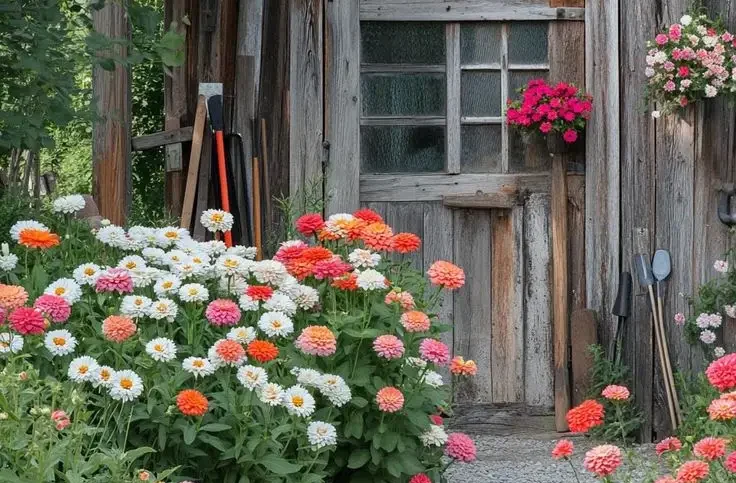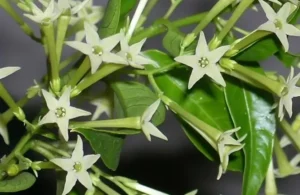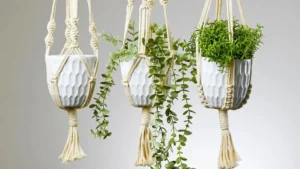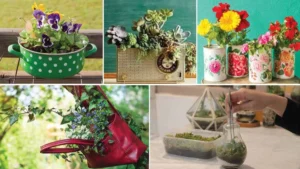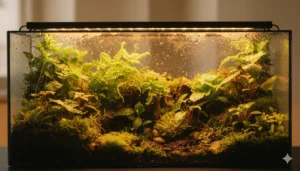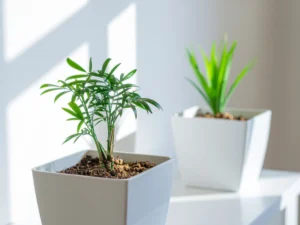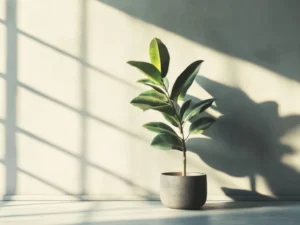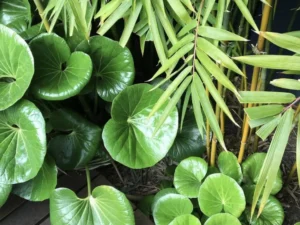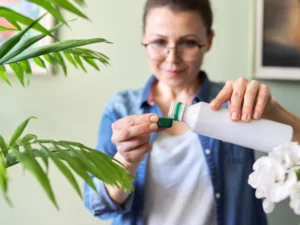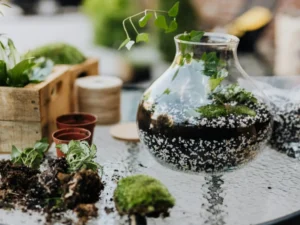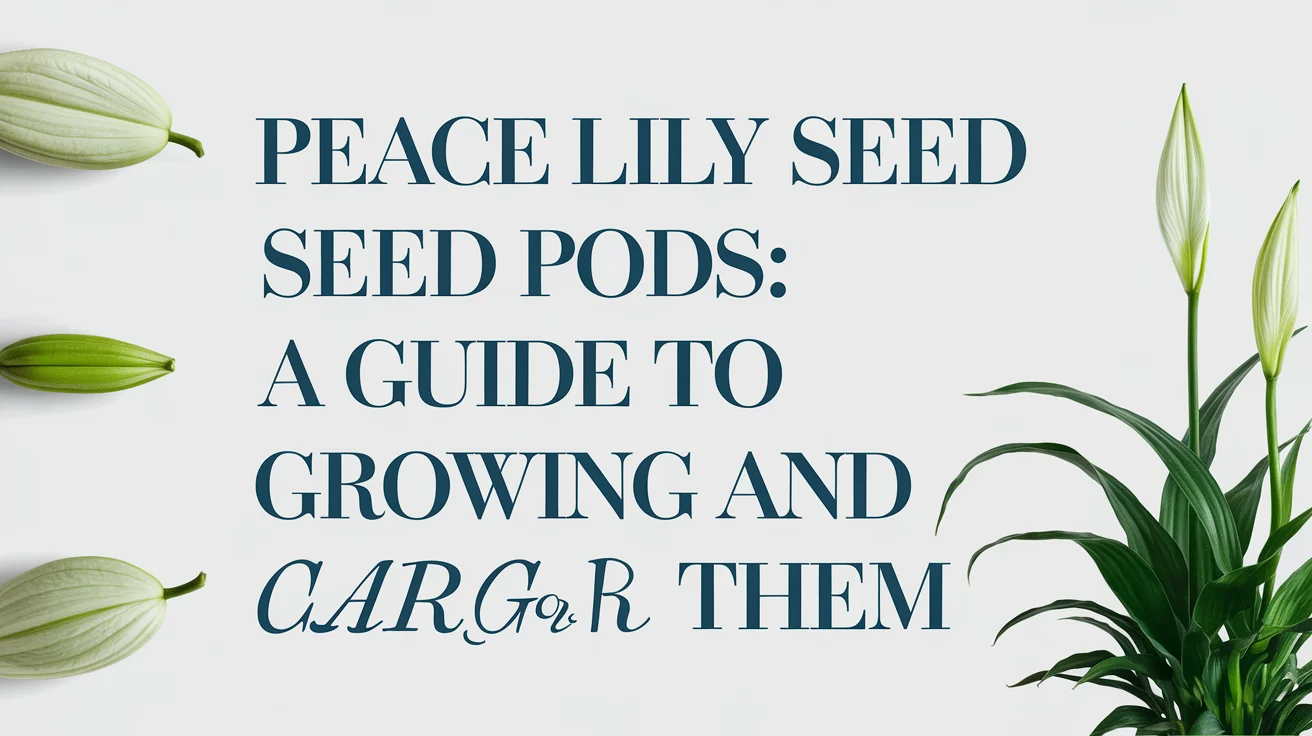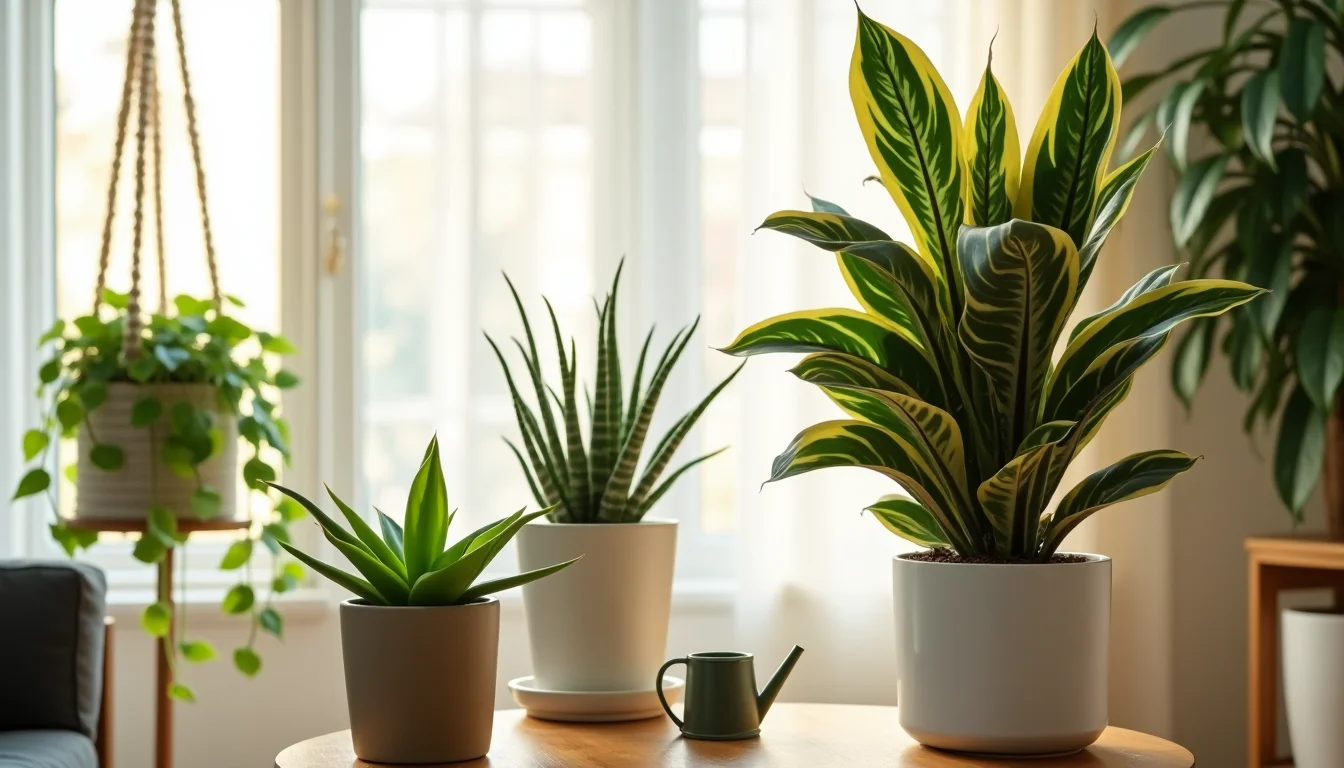Creating a stunning garden doesn’t have to be complicated. If you’re new to gardening or simply want low-maintenance plants, learning about the easiest flowers to grow is the perfect place to start. These resilient blooms not only beautify your space but also reward you with long-lasting color and charm even with minimal care.
Let’s dive into a garden full of easy-to-grow flowers that thrive with little effort and offer endless joy.
Why Choose Easy-to-Grow Flowers
Starting your gardening journey with hardy, low-maintenance flowers not only builds confidence but also ensures early success. Unlike delicate plants that demand constant attention, the easiest flowers to grow are forgiving, adaptable, and resilient. They tolerate varying conditions and yet still bloom beautifully.
Furthermore, easy-growing flowers are great for busy homeowners or even those who simply want instant gratification. Moreover, they often resist pests, thrive in average soil, and flourish in different climates. In fact, these flowers adapt well to almost any garden environment. Therefore, they are a smart choice for every gardener, whether you’re a beginner or an experienced plant lover. Ultimately, their simplicity and charm make gardening enjoyable for everyone.
Top 10 Easiest Flowers to Grow
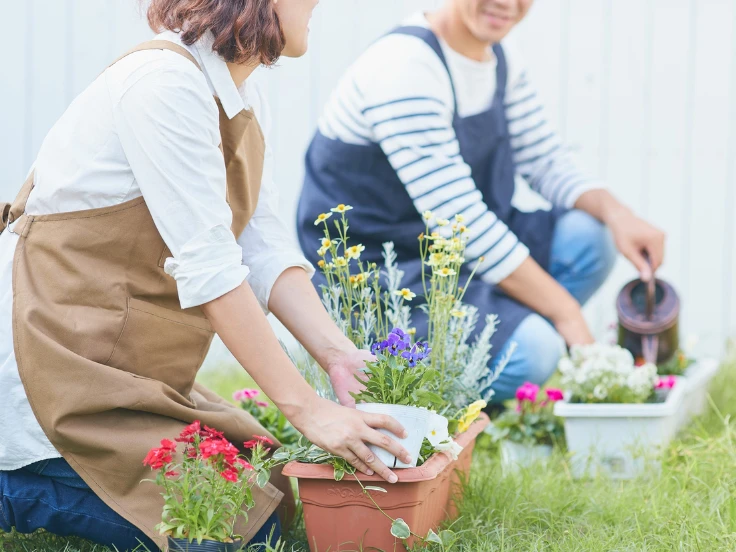
Below are ten of the most beginner-friendly flowers that promise color, fragrance, and effortless beauty.
1. Marigolds
Marigolds are sunshine in flower form. Known for their vivid orange and yellow hues, these annuals bloom throughout summer and repel pests naturally.
They thrive in full sunlight and grow well in both garden beds and containers. Moreover, marigolds tolerate poor soil and only need moderate watering — making them one of the easiest flowers to grow for beginners.
2. Zinnias
Zinnias bring vibrant color to any garden, blooming in shades of pink, red, orange, and white. They thrive in warm weather and grow best in full sun.
Because they germinate quickly and bloom within weeks, zinnias are ideal for impatient gardeners seeking instant results.
3. Sunflowers
Few flowers capture joy like sunflowers. Their large golden heads follow the sun, symbolizing happiness and positivity.
Sunflowers are incredibly simple to grow — just plant their seeds in well-drained soil and watch them reach for the sky. They’re drought-tolerant and add a cheerful touch to any outdoor space.
4. Cosmos
Delicate yet hardy, cosmos flowers produce elegant blooms that sway gracefully in the breeze.
They thrive in poor soil and bloom continuously from early summer until frost. Even better, cosmos self-seed, so you’ll enjoy them year after year with almost no effort.
5. Petunias
Petunias are colorful, fragrant, and perfect for hanging baskets or borders.
They flourish in sunny spots and require minimal watering once established. Their wide range of colors makes them ideal for adding visual variety to your garden design.
6. Pansies
If you want flowers that bloom in cool weather, pansies are a must.
These charming, multi-colored flowers grow easily from seed or starter plants. They add brightness to your garden during early spring and fall — seasons when most flowers fade.
7. Nasturtiums
Nasturtiums are edible, versatile, and incredibly easy to grow.
Their bright orange and red flowers attract pollinators and can even be used in salads. Since they tolerate poor soil, nasturtiums are excellent for low-maintenance gardeners seeking both beauty and function.
8. Lavender
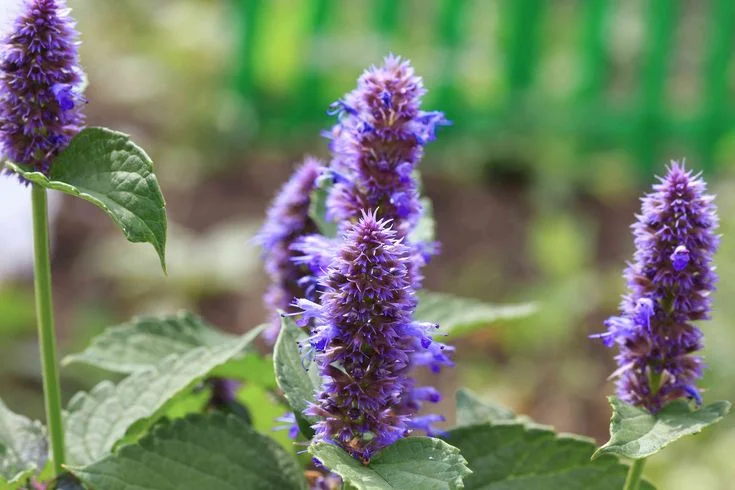
Famous for its calming fragrance, lavender is not just beautiful but practical.
It thrives in sunny, dry conditions and requires very little water once established. Beyond its stunning purple blooms, lavender also repels mosquitoes and can be dried for home decor.
9. Coneflowers (Echinacea)
Coneflowers are sturdy perennials that return year after year with minimal care.
They’re drought-tolerant, pest-resistant, and loved by bees and butterflies. With their bold pink and purple petals, they add elegance and depth to any garden bed.
10. Sweet Peas
Sweet peas produce delicate, sweetly scented flowers that climb trellises and fences beautifully.
Although they prefer cooler climates, they’re surprisingly hardy and easy to grow from seed. Their lovely fragrance makes them a favorite for gardeners who value scent as much as color.
Simple Tips for Growing Flowers Successfully
Even the easiest flowers to grow benefit from a little extra care. Follow these quick tips to help your blooms thrive:
-
Choose the right spot: Most flowers need 6–8 hours of sunlight daily.
-
Prepare your soil: Loosen it well and mix in compost for better drainage.
-
Water wisely: Overwatering can cause root rot. Let the topsoil dry before watering again.
-
Deadhead spent blooms: Removing faded flowers encourages new growth.
-
Use mulch: It retains moisture, regulates temperature, and prevents weeds.
With these simple steps, you’ll enjoy a colorful and flourishing garden throughout the seasons.
Best Time to Plant Easy-Growing Flowers
Timing plays a crucial role in gardening success.
-
Spring: Ideal for marigolds, zinnias, and cosmos.
-
Summer: Perfect for sunflowers and petunias.
-
Fall: Great for pansies and coneflowers.
-
Year-round (in mild climates): Lavender and nasturtiums often thrive year-round.
Knowing when to plant ensures that your flowers bloom beautifully without much effort.
How Easy-Growing Flowers Benefit the Environment
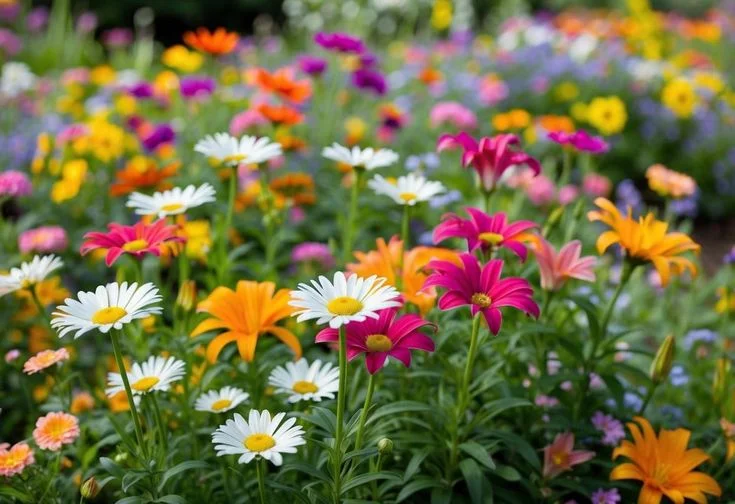
Beyond their visual appeal, in addition, easy-to-grow flowers contribute positively to the ecosystem. For instance, they attract pollinators like bees and butterflies, as well as promote biodiversity and improve soil health. Moreover, many such as lavender and marigold naturally deter harmful insects, therefore reducing the need for chemical pesticides. For gardeners looking to add variety, exploring plants with tall flowers can further enhance both the aesthetics and ecological benefits of your garden.
Consequently, your garden remains vibrant and sustainable. In fact, these flowers require minimal effort while delivering maximum impact. Additionally, they enhance the overall balance of your outdoor space. Thus, transitioning to these flowers means a healthier garden and ultimately, a greener planet.
Common Mistakes to Avoid
Even though these flowers are low-maintenance, beginners sometimes make simple mistakes. Avoid:
-
Overwatering or underwatering.
-
Planting in overly shaded areas.
-
Ignoring spacing requirements.
-
Forgetting to remove weeds regularly.
By steering clear of these pitfalls, your garden will remain vibrant and thriving.
Frequently Asked Questions (FAQs)
What are the easiest flowers to grow for beginners?
Marigolds, zinnias, sunflowers, and cosmos are among the easiest flowers to grow. They require little maintenance and bloom quickly.
Which easy flowers grow best in pots?
Petunias, pansies, and lavender thrive beautifully in containers and are ideal for balconies or small gardens.
Do easy-to-grow flowers attract pollinators?
Yes! Flowers like coneflowers, lavender, and nasturtiums attract bees, butterflies, and other beneficial insects.
How often should I water these flowers?
Most of these flowers prefer moderate watering. Water deeply once or twice a week, depending on weather conditions.
Conclusion
Starting your gardening journey doesn’t have to be overwhelming. In fact, by choosing the easiest flowers to grow, you’ll enjoy vibrant color, delightful fragrance, and minimal maintenance. Moreover, from sunflowers to zinnias, these blooms are proof that nature rewards simplicity.
So, grab your gardening gloves, then prepare your soil carefully. Afterward, plant a few of these easy-growing beauties, and soon, you’ll see the first signs of life. Meanwhile, keep the soil slightly moist, because consistent care encourages faster growth. If you’re also exploring low-maintenance plants like succulents, you can learn how to replant an Aloe Vera plant here, which adds variety and texture to your garden.
Eventually, your effort will bloom into a lively, colorful paradise that feels both rewarding and relaxing. Finally, step back, admire your work, and let your garden inspire peace every day.

